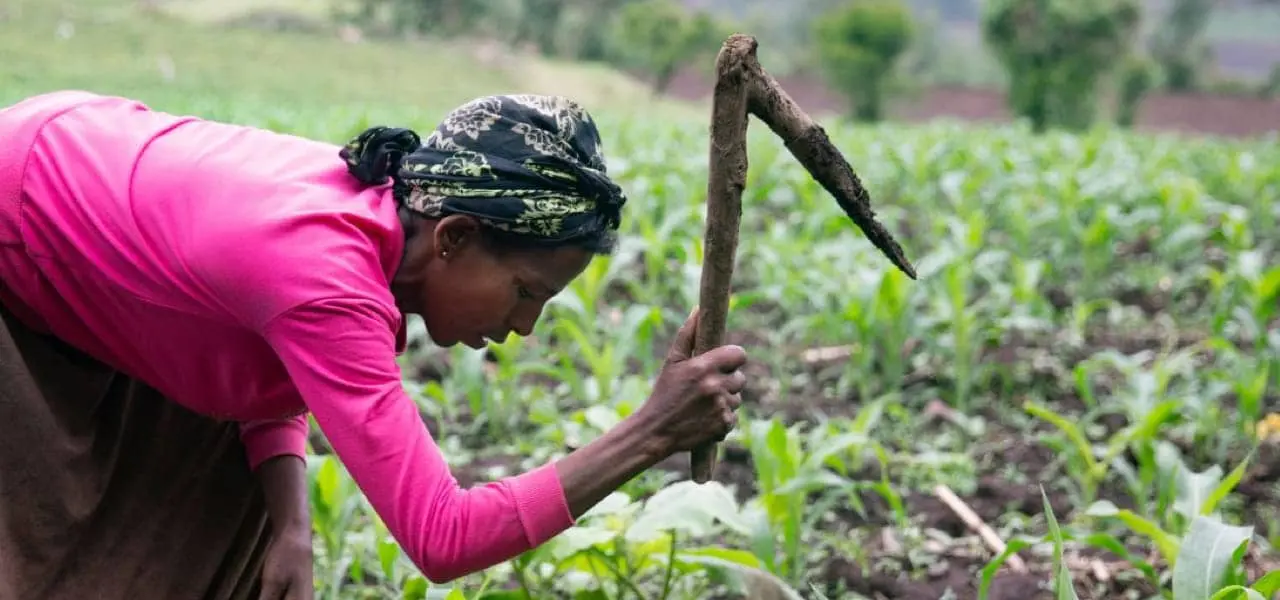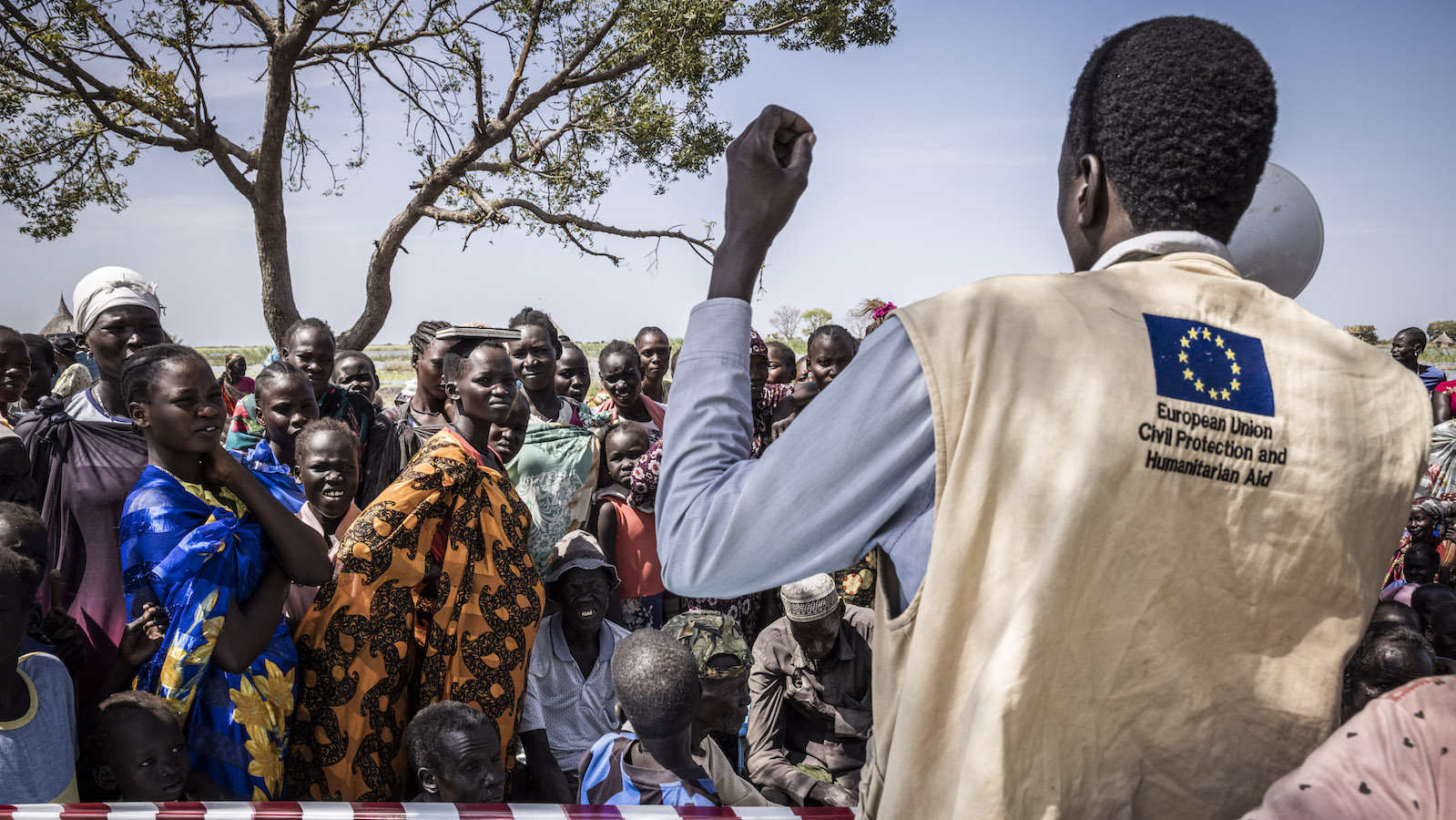Climate adaptation isn’t simply a community-driven solution to natural disasters. It’s also an opportunity for businesses, governments, and civil society to work together towards a more sustainable and prosperous future.
The frequency and impacts of extreme weather events are both on the rise, leaving nearly half of the world vulnerable to severe storms, floods, droughts, wildfires, and heat waves (and more).
And as we’ve seen in recent years, while these disasters carry a greater toll for the people with the fewest resources to cope, they also don’t discriminate. Climate events affect workforces, businesses, supply chains, and bottom lines just as much as they do individuals, families, and natural resources. We know we need to do more to prepare against these known-unknowns, and that’s where climate adaptation comes in.
What is climate adaptation?
Climate adaptation is a broad category of actions addressing both current and future climate-related challenges.
Knowing that droughts, floods, heatwaves, and other natural disasters are increasing in both frequency and impact, climate adaptation strategies can help to reduce vulnerability to these events and build both individual and community resilience against risks. It’s a response to environmental change, but more than that, it’s a forward-thinking approach to ensuring stability and sustainability across industries and communities.
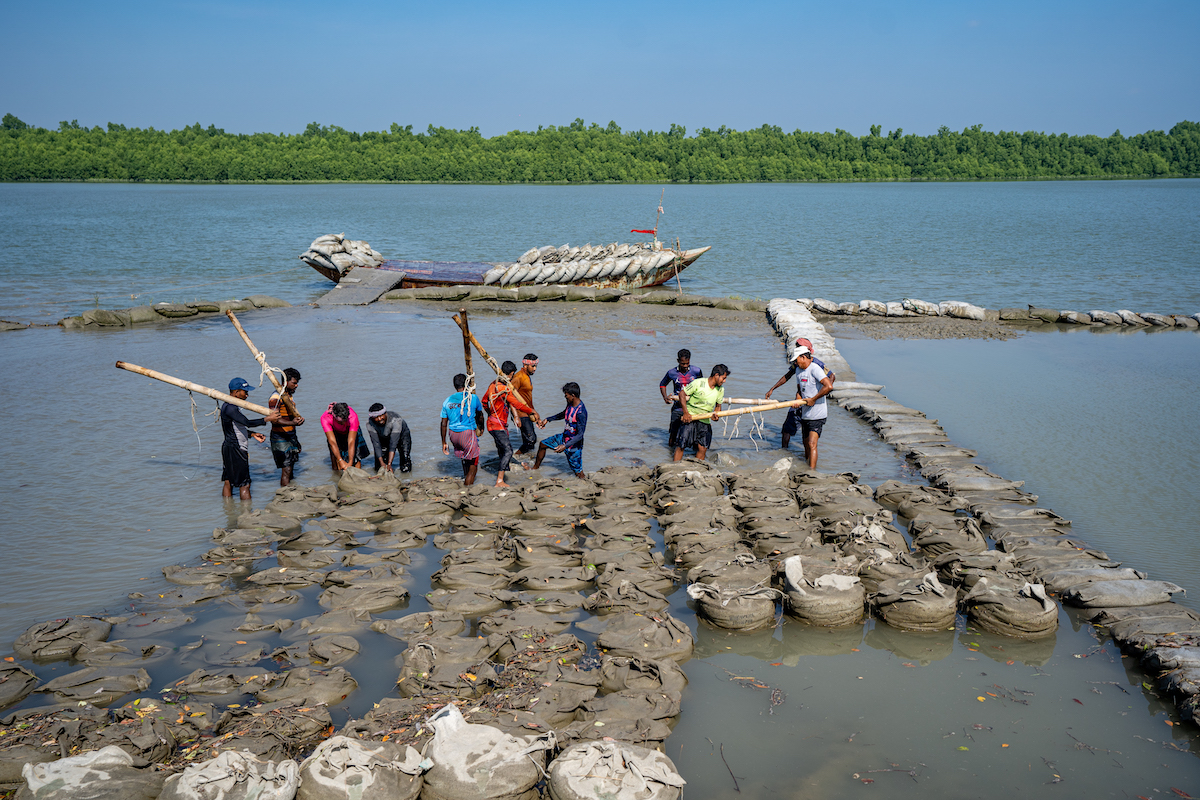
Is this the same as climate mitigation?
Climate mitigation strategies are designed to reduce or eliminate greenhouse gas emissions, as a preventative measure. These steps can take generations to show their full impact.
Climate adaptation is more immediate, focusing on protecting communities and families against effects of natural disasters and climate events. While we do need initiatives that think about the next generations, we also need more urgent solutions to the issues facing our current generations.
Between 2017 and 2020, the cost of natural disasters around the world exceeded $650 billion. Initial estimates for the damages caused by the Los Angeles wildfires earlier this year are $250 billion.
Why does climate adaptation matter?
In 2020, Morgan Stanley calculated that the last three years of natural disasters had cost $650 billion. That included $125 billion in losses for Texans due to Hurricane Harvey in 2017. Early estimates for the damages caused by the Los Angeles wildfires earlier this year suggest that the costs will be between $250 and $275 billion, including damages, loss of life, healthcare costs, business disruptions, and other economic impacts.
While these numbers are spread out across thousands — if not millions — of people, the individual costs can be just as catastrophic. The US Treasury estimates that most families are not prepared for the unexpected costs of a natural disaster or climate event, and may not be able to cover them even with savings accounts, credit cards, and insurance.
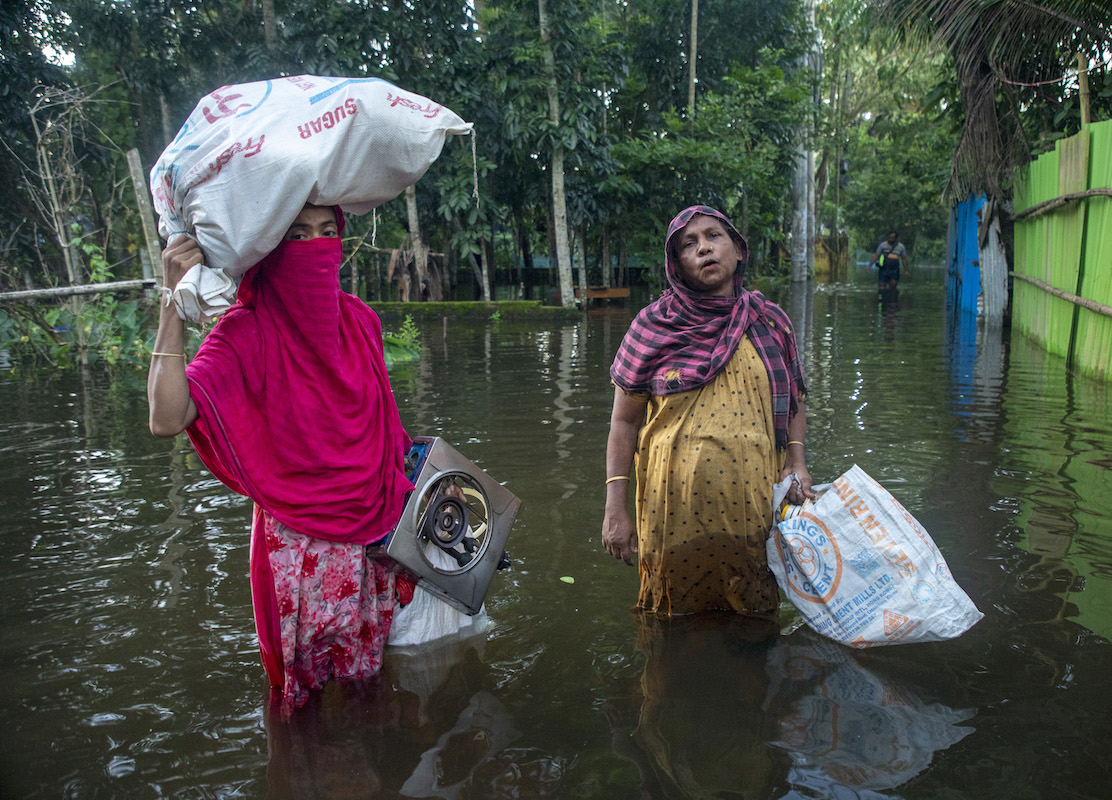
This is also true for businesses, large and small. A report between PricewaterhouseCoopers and the World Economic Forum identified that only 31% of surveyed companies had adaptation strategies or opportunities in place. Those without a plan may be more vulnerable to the elements and the market if an emergency hits, which can in turn have ripple effects for employees and their families.
Investing in climate adaptation is the proverbial ounce of prevention that’s worth a pound of cure, and helps to keep communities, ecosystems, and economies stable for the long-term in the face of short-term shocks. Research by the Global Center on Adaptation shows that a $1.8 trillion investment in adaptation methods could generate a $7.1 trillion return thanks to avoided costs and associated benefits. Focusing on early warning systems alone could deliver ten times the return on costs.
A $1.8 trillion investment in climate adaptation could generate a $7.1 trillion return in avoided costs and associated benefits.
What do adaptation strategies look like?
There are several areas where adaptation strategies play critical roles in ensuring long-term success in the communities where Concern works.
Disaster risk reduction is a core feature of our emergency response and work building resilience. These strategies focus on the specific hazards communities are exposed to, their vulnerability to those hazards, and the capacity they have to respond to them. We then work with communities to develop action plans to prevent new risks and reduce existing risks. Every $1 invested in DRR can save up to $15 in recovery costs.
Every $1 invested in disaster risk reduction can save up to $15 in recovery costs.
Since many of the communities we work with also rely on agriculture for both their food and incomes, Climate Smart Agriculture is another essential adaptation strategy. CSA techniques help farmers better use and manage the natural resources available to them, finding more efficient methods of farming and irrigation, as well as means of producing, processing, and even marketing their crops.
Supply chain resilience-building is also a key concept, keeping local and even national or international markets running smoothly and ensuring the availability of raw materials and exports. This is a key element of our current project in Chad, DECILAC, a groundbreaking effort in the Lac Province supported by Facilité G5 Sahel and focusing on investing in food security while strengthening local value chains.
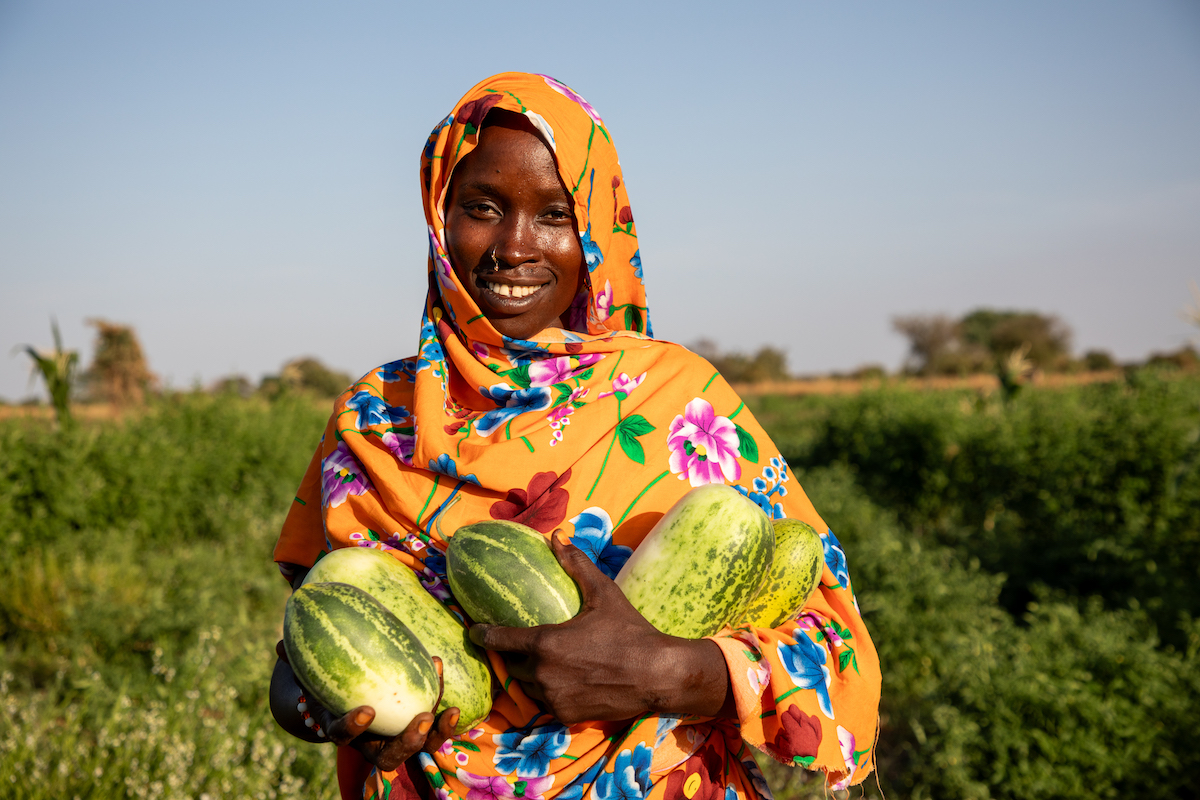
Driving solutions between communities and businesses
Supporting adaptation efforts contributes to regional economic security, reducing disruptions that can ripple through industries. Concern is grateful to work with several corporate partners that, while navigating their own corporate sustainability commitments and environmental regulations, are also putting some of their energies towards the most vulnerable communities as part of larger ESG alignment.
In Kenya and Ethiopia: Saving the lives of farmers (and their families)
A recent example of this is our partnership with food processing company Archer Daniels Midland in Ethiopia and Kenya. In October 2019, Concern and ADM launched the Lifesaving Education and Assistance to Farmers (LEAF) project, which aimed to build food and livelihood security through Climate Smart Agriculture techniques that responded to the weather patterns in both countries. We also addressed short-term malnutrition cases with our standard-setting Community Management of Acute Malnutrition program.
Over the course of three years, we saw success with thousands of families who have been able to not just grow more crops, but also grow more nutritionally-dense crops that have helped them to build more sustainable livelihoods. In Tana River County, Kenya, emergency food aid wasn’t needed for the first time in decades thanks to these interventions.
We’re furthering this work with a new phase to build on our initial success, emphasizing access to and greater understanding of markets, increased profitability through value chain development, and increased produce quality via soil and water testing. Taken together, these actions enable communities to harness the local experience and power of agriculture and nutrition to save lives today and enrich them tomorrow.
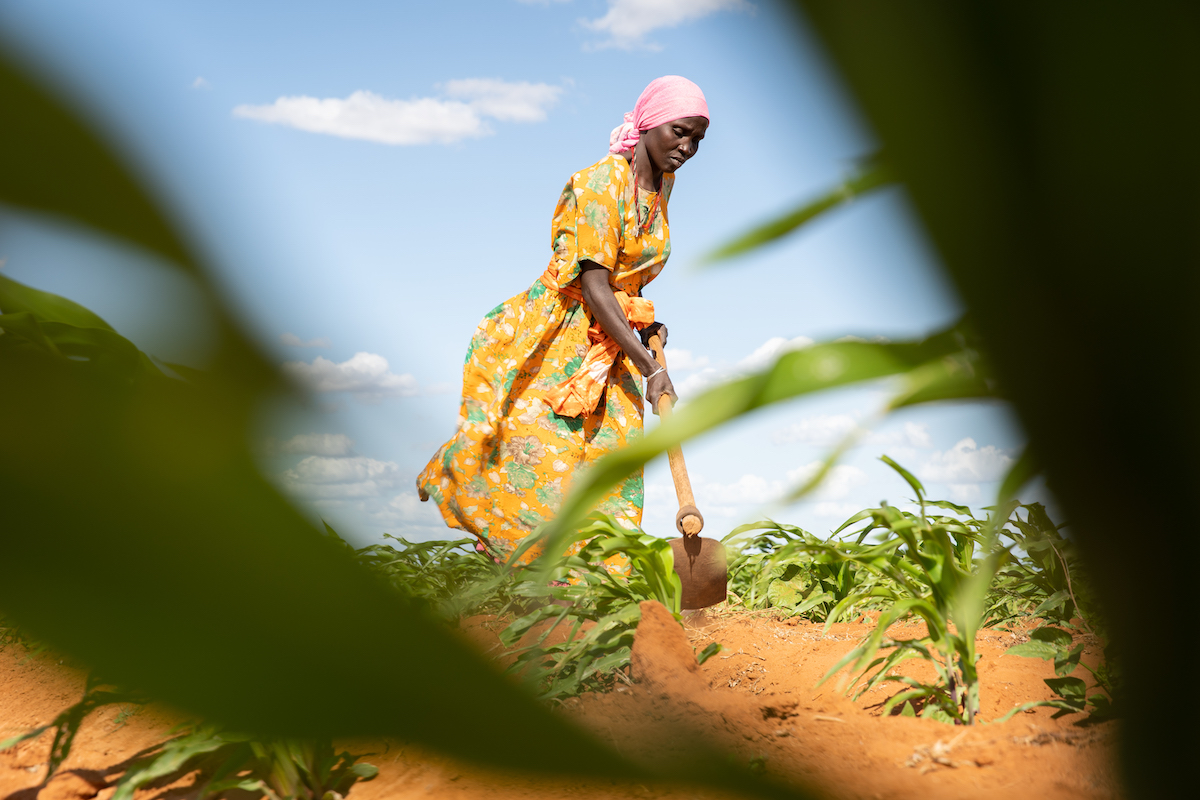
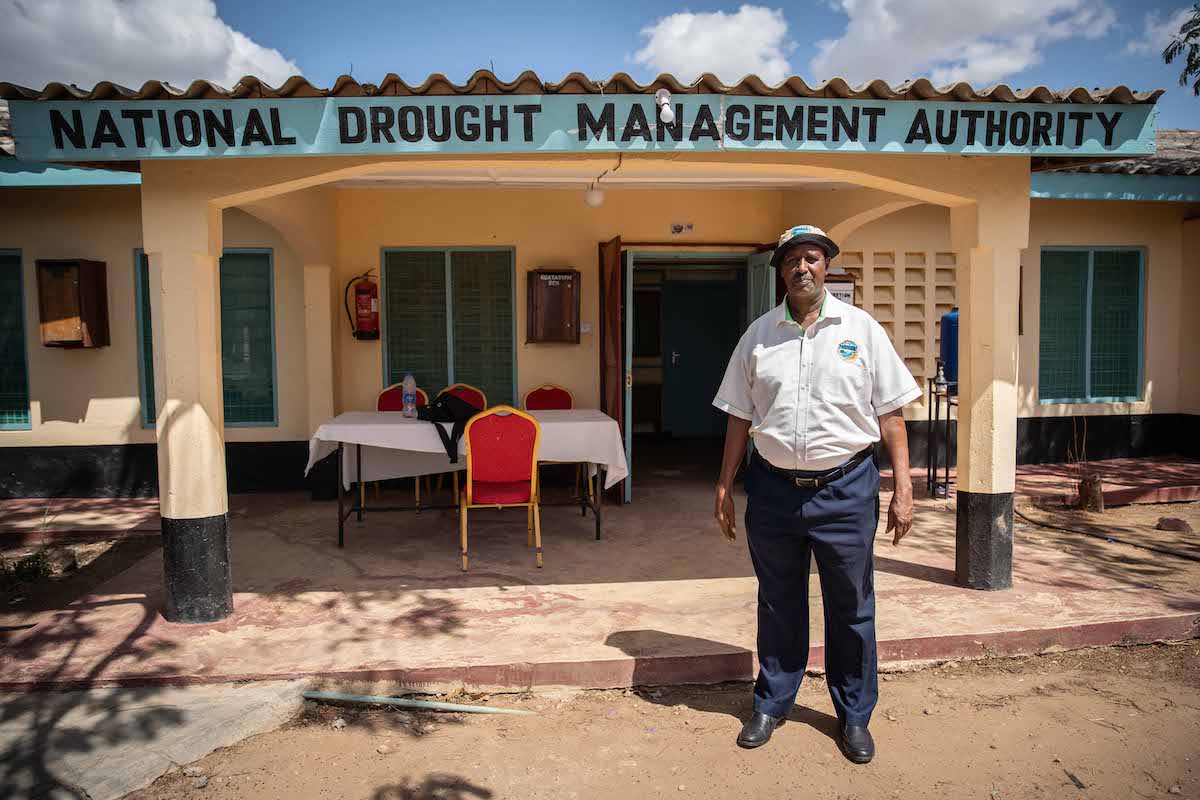
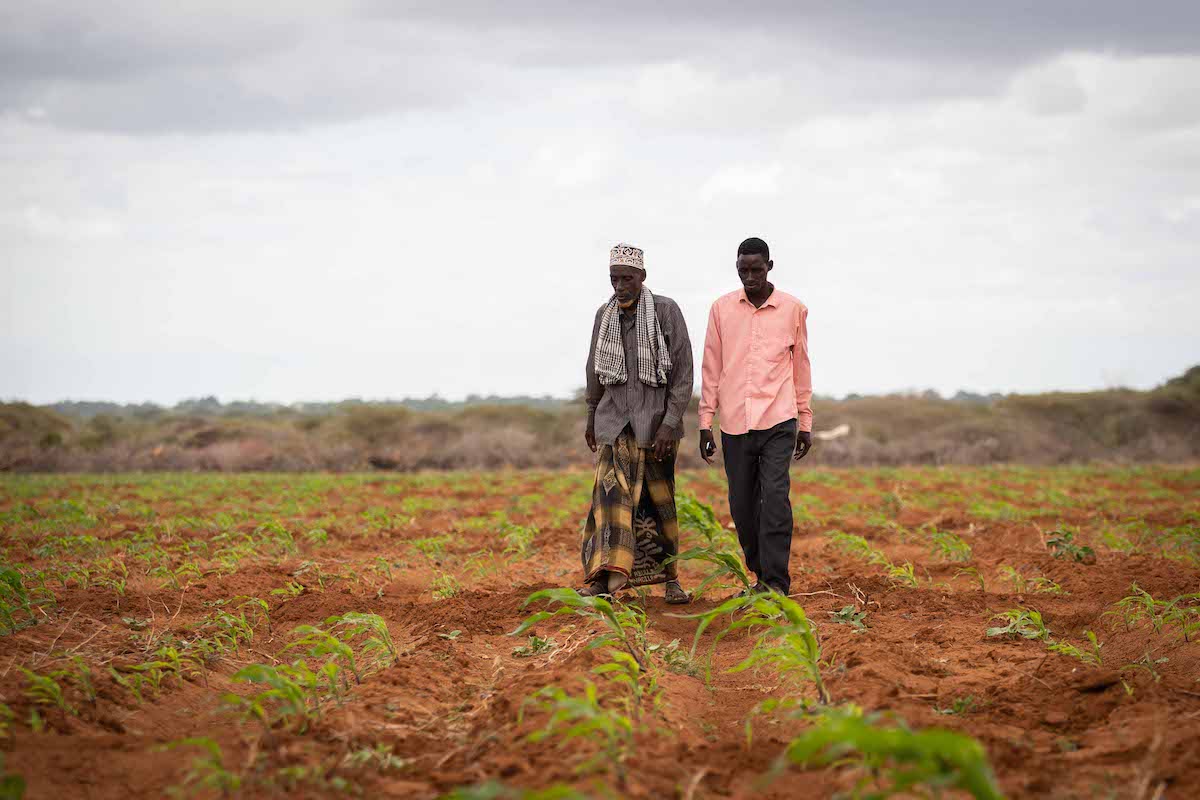
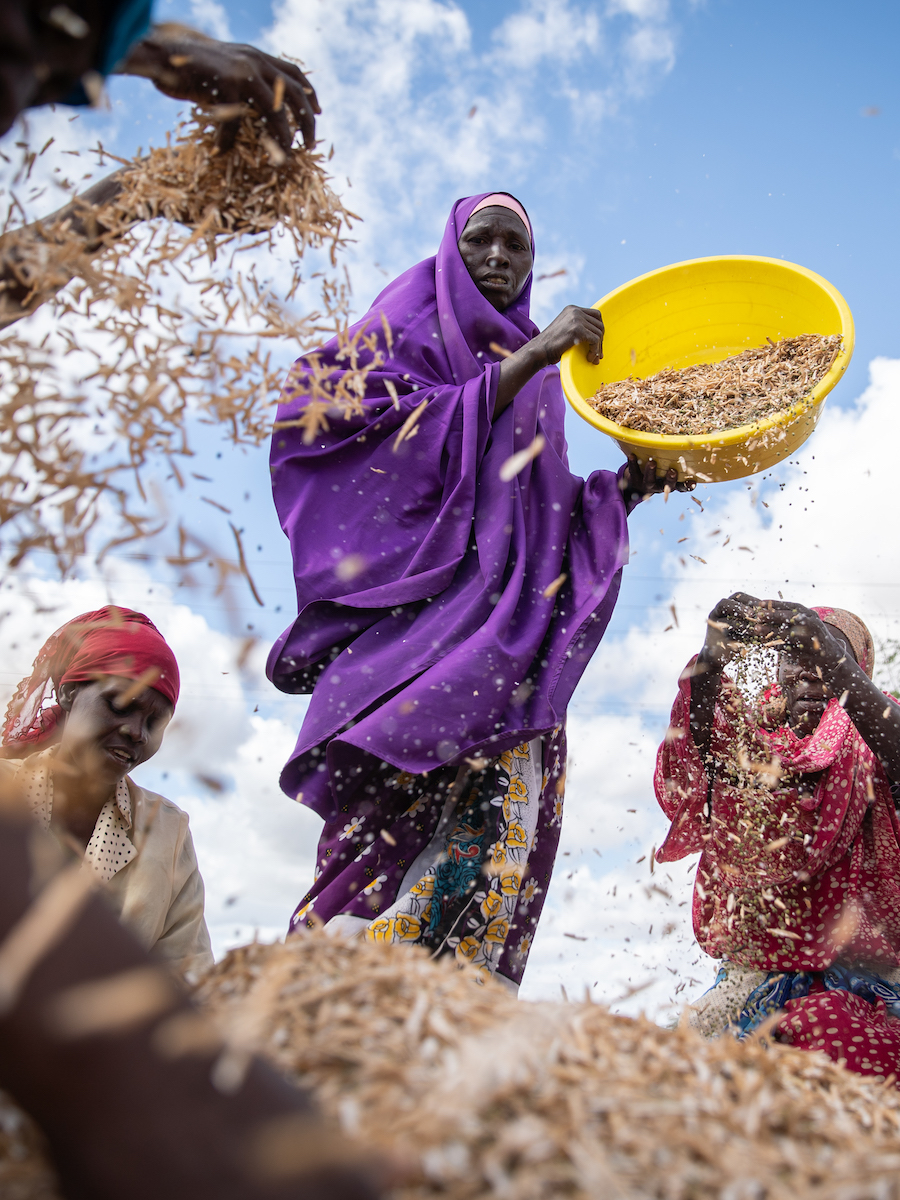
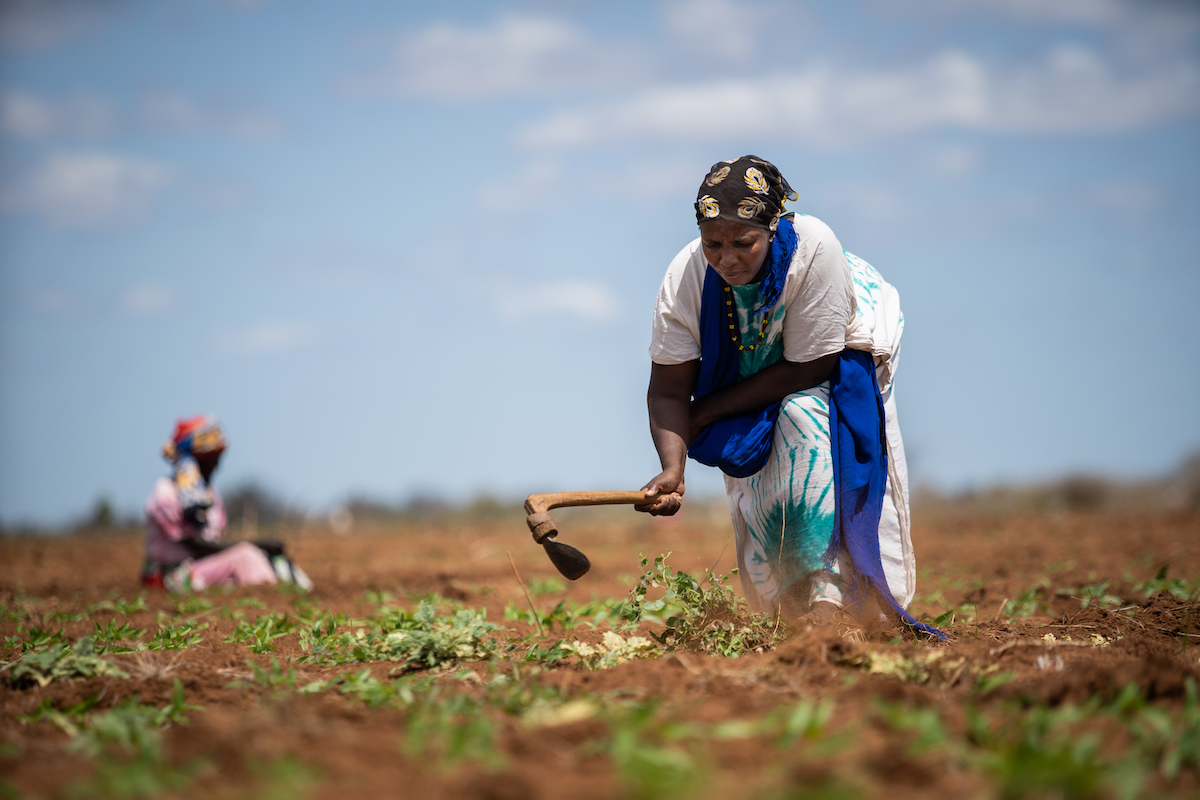
In Bangladesh: Protecting communities against floods
Since 2018, Concern has also been working in Bangladesh with the Z Zurich Foundation, a foundation funded by employees of the Zurich Insurance Group as part of the company’s commitment to participatory philanthropy — a chance to combine skill-based capabilities with financial support.
For Bangladesh, which sees about 21% of the country flooded each year, adapting to the increasing intensity of the rain and flood seasons is critical for many of the country’s 174 million inhabitants. Approximately 20 million suffered losses and damage during last year’s catastrophic floods.
We’ve been addressing this need in partnership with the Z Zurich Foundation on a multi-phase Flood Resilience Project in Bangladesh’s Gaibandha and Lalmonirhat districts, in partnership with Assistance for Social Organization and Development (ASOD). We focus on implementing disaster risk reduction strategies for communities, while also strengthening their overall ability to continue social, ecological, and economic development and growth despite the environmental risks. Last year, we wrapped Phase II of this project, which had over 62,000 participants, and increased local DRR budgets by nearly 20%. We’re already at work on Phase III.
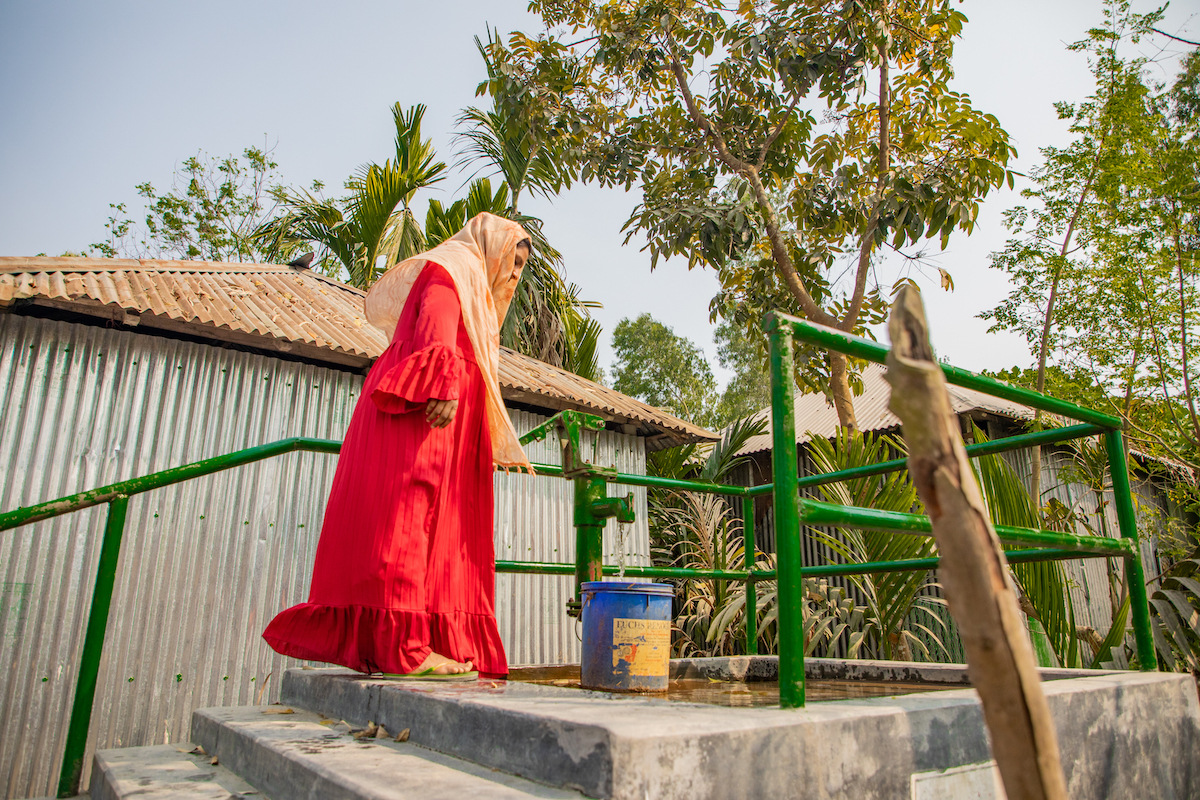
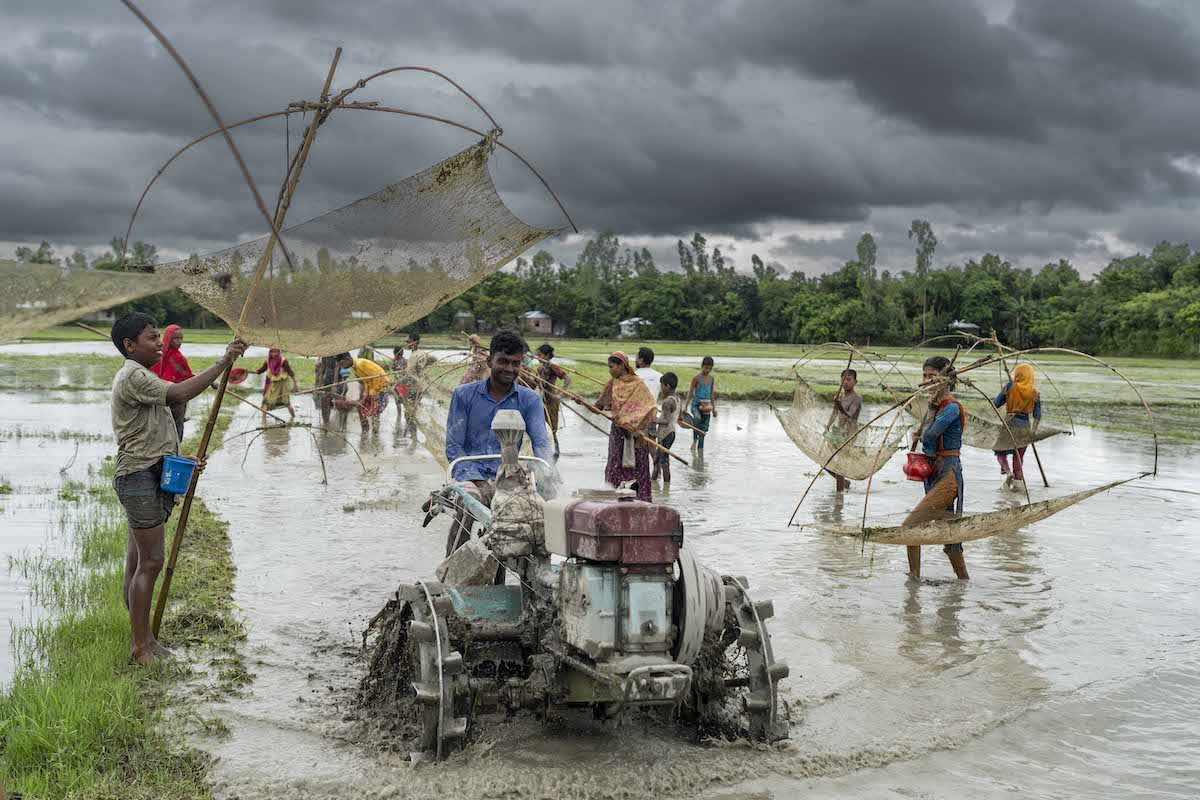
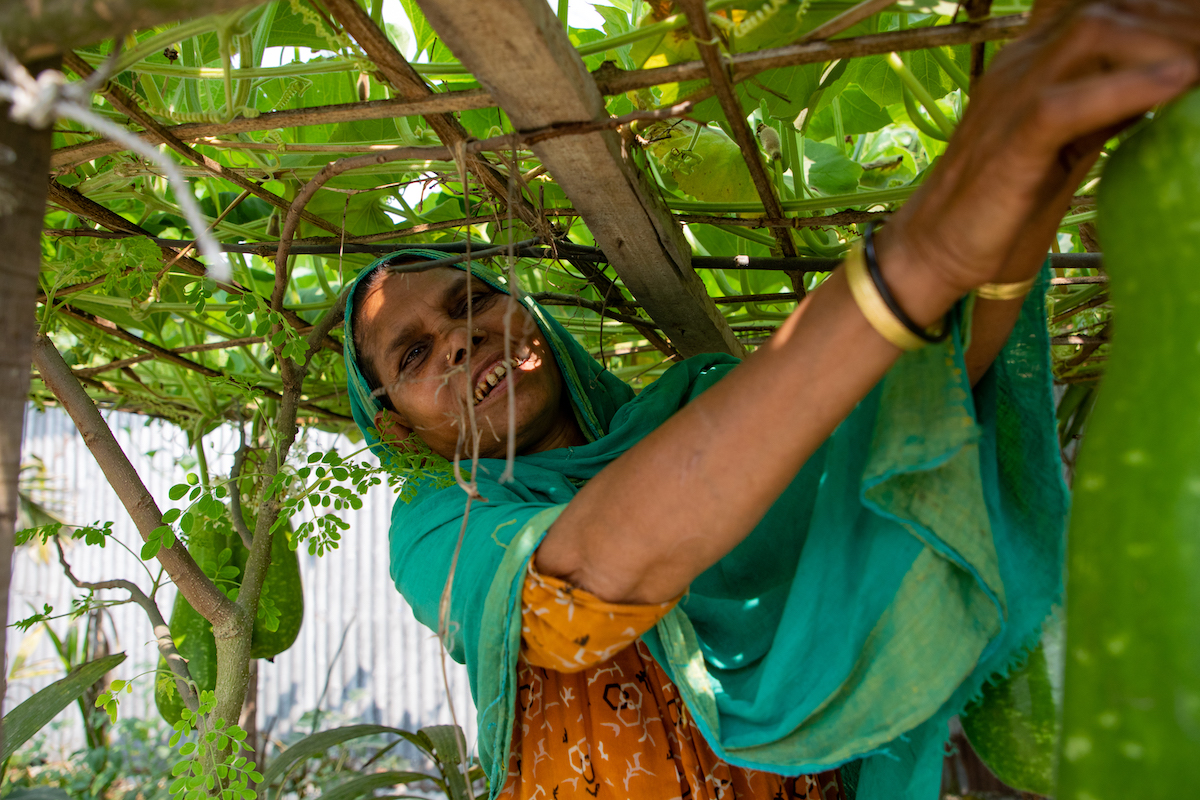
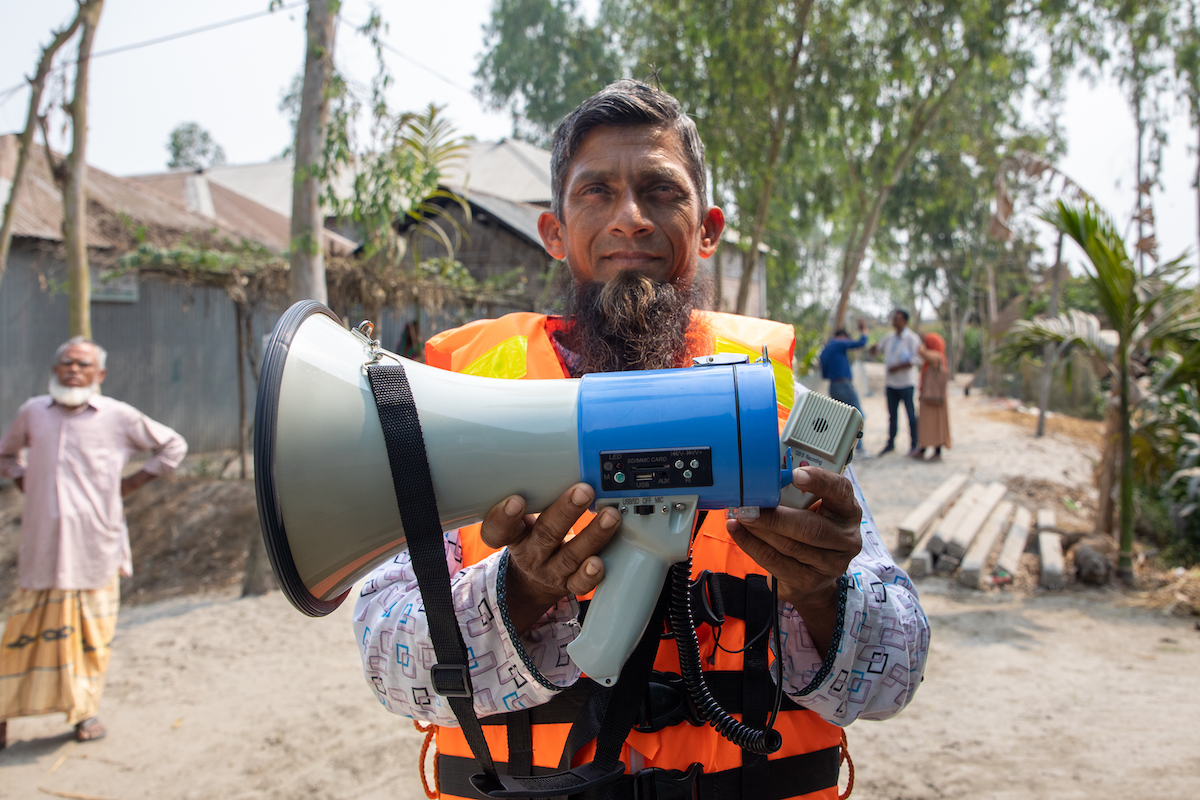
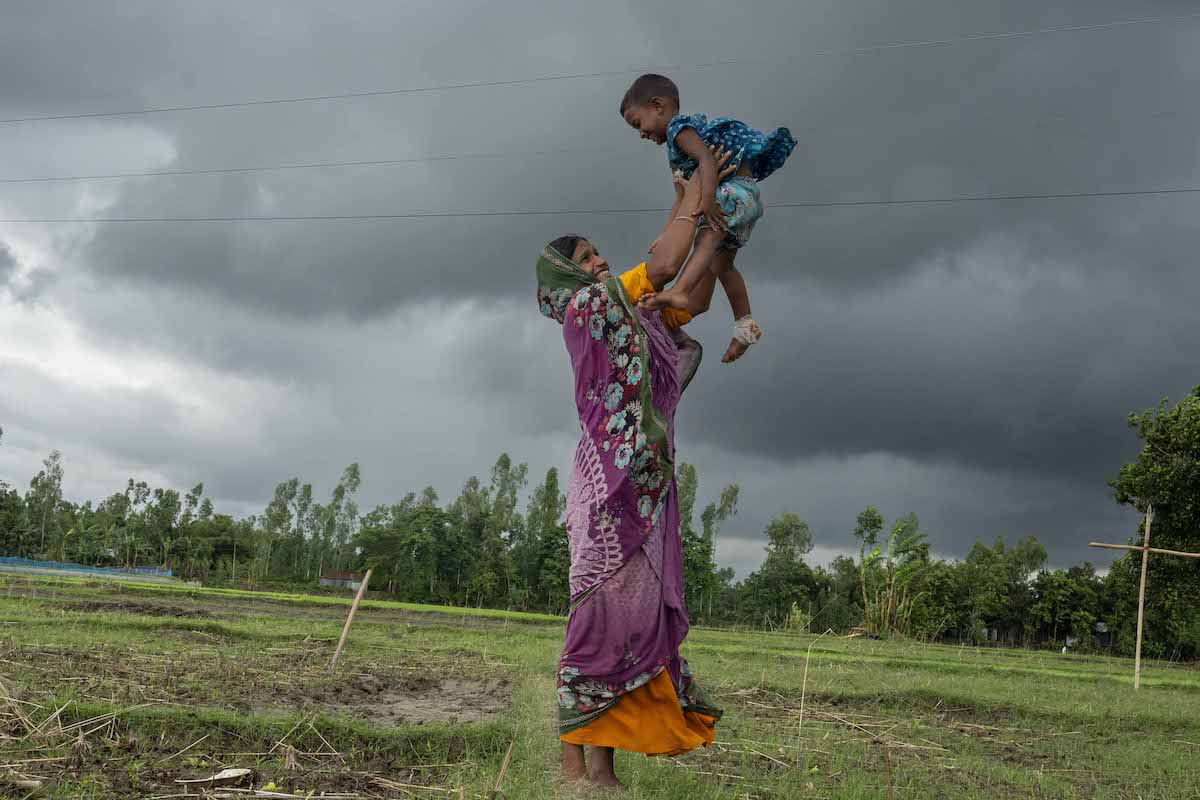
Want to do more with your climate adaptation strategy?
Climate adaptation is a chance for innovation and growth — for all parties involved. Learn more about how your company’s adaptation plans could do more, at home and around the world.


